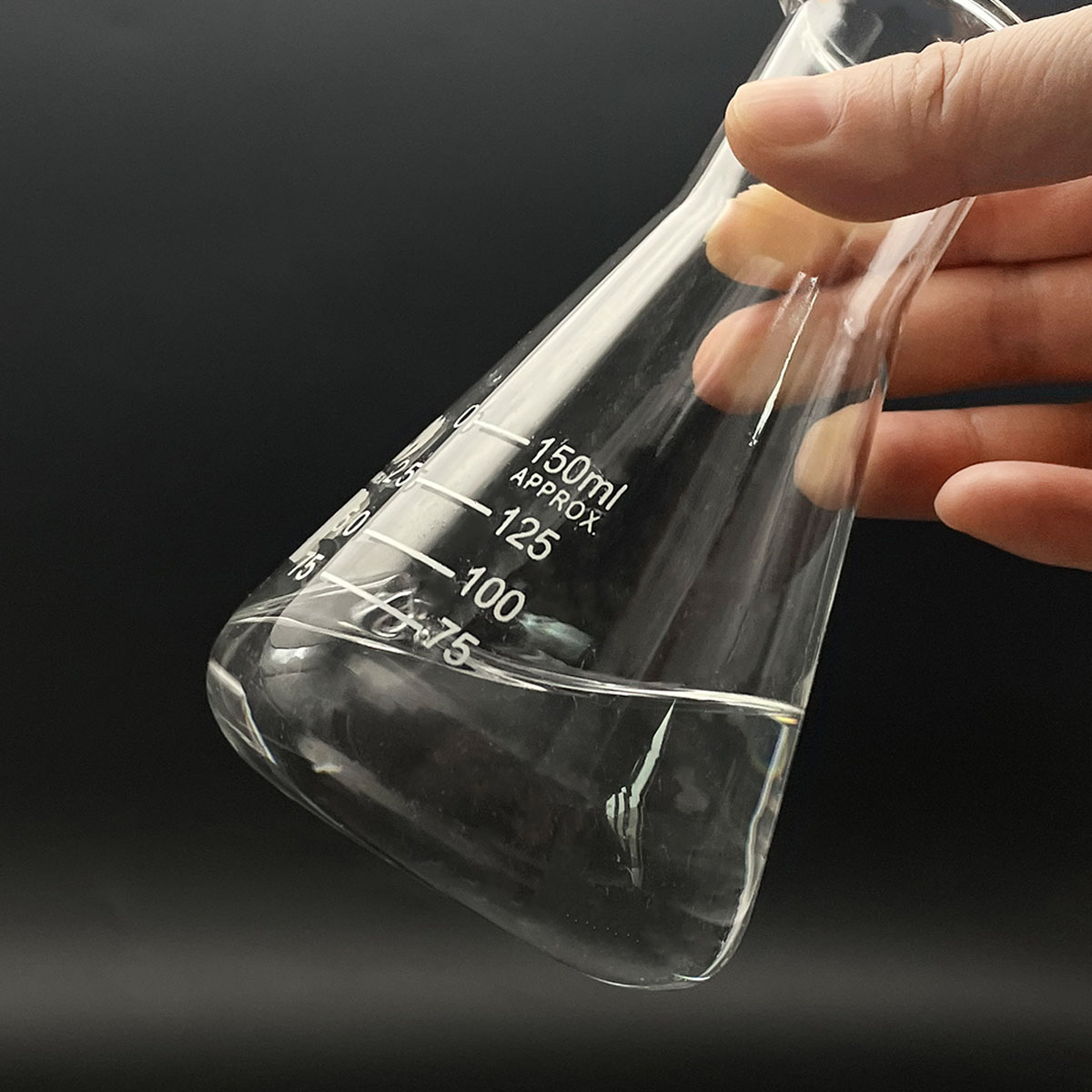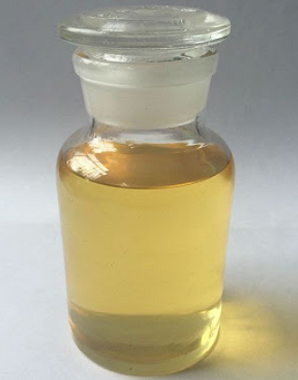**Title:** Surface Tension Tamers: The Magic of Surfactants
(How Surfactant Reduce Surface Tension)
**Main Product Keyword:** Surfactant
**1. What Exactly is a Surfactant?**
Surfactant sounds complicated. It isn’t. Think of it as a tiny chemical helper. Its name comes from “Surface Active Agent.” That’s a clue. It works at surfaces. Surfactant molecules have a split personality. One end loves water. We call this end hydrophilic. The other end hates water. It loves oils and grease. This end is hydrophobic. This dual nature is key. It lets surfactants bridge the gap between water and things that don’t mix with water. Like oil. Like dirt. You find surfactants everywhere. They are in your soap. Your shampoo. Your laundry detergent. Even in some foods and medicines. They are the unsung heroes making many cleaning and mixing tasks possible.
**2. Why Does Surface Tension Need Reducing Anyway?**
Water acts strangely. It forms droplets. Bugs can walk on it. This is surface tension. Water molecules stick tightly together. At the surface, they form a kind of skin. This skin is strong. It resists being broken. Surface tension is useful sometimes. For water striders. For forming raindrops. But often, it causes problems. It stops water from spreading easily. It stops water from mixing with oils. It stops water from soaking into fabrics or dirty surfaces. Think about washing greasy dishes. Plain water just beads up. It rolls off the grease. It doesn’t clean. That’s surface tension fighting you. We need to beat that tension. We need to make water “wetter.” That’s where surfactants come in. They break down that stubborn water skin.
**3. How Do Surfactants Actually Beat Surface Tension?**
Surfactants are clever little molecules. They attack surface tension head-on. They go to the surface of the water. The hydrophobic tails hate the water. They stick up into the air. Or into any oil or grease present. The hydrophilic heads stay in the water. This is adsorption. Surfactants pack together at the surface. They form a layer. This disrupts the tight bonding of the water molecules. The water skin weakens. Surface tension drops dramatically. Now, water can spread out. It can wet surfaces properly. This is wetting. Inside the water, surfactants do something else. Their hydrophobic tails cluster together. They avoid the water. Their hydrophilic heads face outward. They form tiny spheres called micelles. These micelles trap oil and grease inside. The grease is hidden from the water. This is emulsification. The grease is suspended. It can be rinsed away. So, surfactants work two ways. They weaken the surface tension at the boundary. They also trap dirt and oils inside micelles.
**4. Where Do We See Surfactants in Action?**
Surfactants are workhorses. Their ability to tame surface tension is vital. Look around your home first. Dishwashing liquid cuts through grease. That’s surfactants lowering surface tension and forming micelles. Laundry detergents lift dirt from fabrics. Shampoos and body washes create lather. They clean oils from skin and hair. Personal care products like lotions rely on surfactants to mix oil and water. Beyond cleaning, they are crucial in industry. Paints and coatings need to spread evenly. Surfactants help them wet surfaces smoothly. In agriculture, pesticides and herbicides must coat plant leaves. Surfactants ensure good coverage. Firefighting foams use surfactants to smother flames. In oil recovery, surfactants help squeeze more oil out of rock. Even in food, surfactants act as emulsifiers. They keep salad dressings mixed. They create texture in ice cream and baked goods. Medicine uses them too. They help drugs dissolve. They help ingredients mix in creams and ointments. Their power to reduce surface tension touches almost every part of modern life.
**5. Surfactant FAQs: Quick Answers**
Many people have questions about surfactants. Here are some common ones:
* **Are surfactants safe?** Most surfactants used in household products are safe when used correctly. Some can irritate skin or eyes. Always follow product instructions. Environmental impact varies. Many modern surfactants are designed to break down more easily.
* **What’s the difference between soap and surfactant?** Soap is a specific type of surfactant. It’s usually made from natural fats and oils. “Surfactant” is a broader term. It includes soaps and many synthetic chemicals made in labs. Synthetic surfactants often work better in hard water.
* **Why does soap make bubbles?** Bubbles are thin layers of water trapped between layers of surfactant molecules. The surfactant heads point into the water. The tails point into the air inside and outside the bubble. This structure stabilizes the bubble.
* **Do all surfactants work the same?** No. There are different types. Anionic surfactants are common in cleaners. They have a negative charge. Cationic surfactants have a positive charge. They are often used in fabric softeners. Nonionic surfactants have no charge. They are gentle and work well in hard water. Zwitterionic surfactants have both charges. The type chosen depends on the job.
(How Surfactant Reduce Surface Tension)
* **Can surfactants harm the environment?** Some older surfactants were slow to break down. They caused foaming in rivers. Regulations are much stricter now. Biodegradability is a key factor. Modern surfactants are designed to break down quickly after use. This reduces their environmental impact significantly.
Inquiry us
if you want to want to know more, please feel free to contact us.




